Requirements to english informations
The structure of bibliographic references to Russian-language monographs, articles from journals, collections, and conference materials includes both transliterated and translated elements. As a rule, bibliographic descriptions of publications are made in the following order: authors (transliteration), source name (transliteration), translation of the name in square brackets. For automatic transliteration of Russian-language sources in the Latin alphabet, it is recommended to contact the site http://translit.net/ru/bgn/ (transliteration standard-BGN; setting before transliteration).
When translating English-language sources, we recommend using the following examples:
- Book
Glazyev S. Yu. (2007). Advantages of national culture Konkurentnyye khozyaystvovaniya: opportunities and problems of implementation [competitive advantages of national economic culture: problems and prospects]. Moscow: Ekonomika Publ.
- Magazine article
Silin Ya. P., Animitsa E. G., Novikova N. V. (2016). Before the challenges of the third wave of industrialization: country, region [Electronic resource]. Proceedings of the Ural state University of Economics = Bulletin of the Ural state University of Economics, no. 3 (65), Pp. 14-25.
- abstract of the dissertation
Tserenova K. N. (2014). Tax incentives for innovation in the Russian Federation. Abstract. Diss. Cand. Econ. science. Tax incentives for innovation in the Russian Federation. Abstract of the Cand. economic. sci. Diss.]. Moscow.
- Article in the conference proceedings
Ponomareva S. I. (2011). Predictive potential of modern economic science. Materials of the XV International scientific and practical conference " Problems of creative ontology: history. Economy. Culture. Politics. Right " [Proc. 15th Int. Sci. - Practice. Conf. "The problems of creative ontologies: a history. Economy. Culture. Politics. Law”]. Yekaterinburg, Pp. 263-268.
- Chapter of the book
Animica E. G. (2007). Municipal economy and municipal economy: essential characteristics. In: Tatarkin A. I. (ed.) Prostranstvennaya organization of society [spatial organization of society. Yekaterinburg: Ural state University of Economics, Pp. 15-36.
The text of the English-language annotation should reflect all the elements listed in the structure (problem statement; methodological base; methods; results; conclusions). At the same time, the English version of the abstract should not be a literal translation of the Russian version, but should be built taking into account the vocabulary and grammar of the English language.
The main constructions of English-language annotation sentences should only use Present Simple. Use of other times or passive collateral is not allowed.
We recommend using the most common models for English-language annotation:
Model 1. this model is characterized by a reference either to the work or to the author: the paper examinations..., the author considers..., the article presents..., etc.
Model 2. a Model using the so-called author's “we”: we analyze, we find, we examine, etc; and, accordingly, “our”: our findings, our results, etc.


















 CEDR.UZ
CEDR.UZ TSUE.UZ
TSUE.UZ Telegram
Telegram